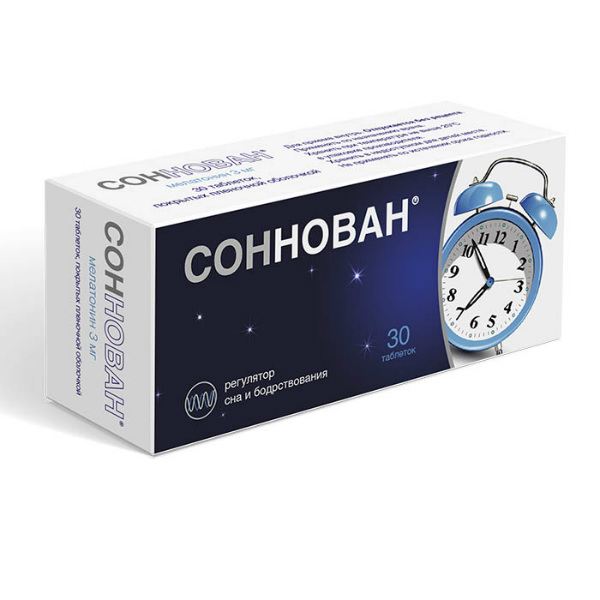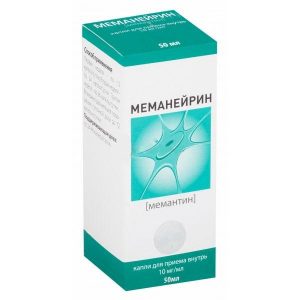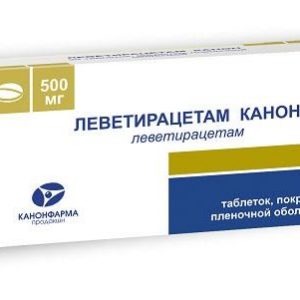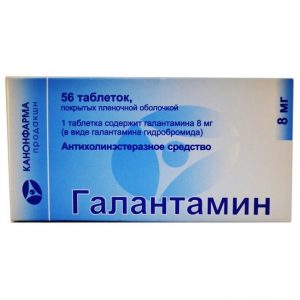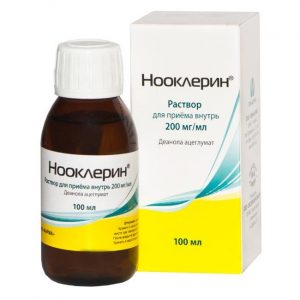Description
Pharmacological action
Pharmacological action – adaptogenic.
Indications
For sleep disorders, including caused by a disturbance in the rhythm of “sleep-wakefulness,” such as desynchronosis (a sharp change in time zones).
Contraindications
Hypersensitivity to the drug, autoimmune diseases, liver failure, severe renal failure, children under 18 years of age.
Recommended use for
Inside.
In case of sleep disturbance, desynchronosis – 1 tab. Once a day 30–40 minutes before bedtime.
When used as an adaptogen when changing time zones – 1 day before the flight and in the next 2–5 days – 1 table. 30-40 minutes before bedtime. The maximum daily dose is 6 mg.
Elderly patients. With age, there is a decrease in the metabolism of melatonin, which must be considered when choosing a dosage regimen for elderly patients. With this in mind, in elderly patients, it is possible to take the drug 60–90 minutes before bedtime.
Renal failure. The effect of varying degrees of renal failure on the pharmacokinetics of melatonin has not been studied, so melatonin should be used with caution in such patients. Patients with severe renal failure are not recommended.
Special instructions
It is recommended that you avoid exposure to bright light while you are using SonnovanВ®.
It is necessary to inform women who want to become pregnant about the presence of a weak contraceptive effect in the drug.
There are no clinical data on the use of melatonin in patients with autoimmune diseases, and therefore, use in this category of patients is not recommended.
Effect on the ability to drive vehicles and mechanisms
The drug SonnovanВ® causes drowsiness, therefore during the treatment period you should refrain from driving vehicles and engaging in potentially dangerous activities that require an increased concentration of attention and speed of psychomotor reactions.
Ingredients
active substance:
melatonin 3 mg
excipients: calcium hydrogen phosphate – 112 mg corn starch pregelatinized – 3, 5 mg magnesium stearate – 1.5 mg MCC – 40 mg
film coat: Opadry 85F48105 II white (including polyvinyl alcohol – 2,345 mg, macrogol (polyethylene glycol 4000) – 1.18 mg, talc – 0.87 mg titanium dioxide – 0.605 mg) – 5 mg
Side effects
Classification of the incidence of side effects according to the recommendations of the World Health Organization: very often ( 1/10), often (from 1/100 to <1/10), infrequently (from 1/1000 to <1 / 100), rarely (from 1/10000 to <1/1000), very rarely (<1/10000), including individual messages, the frequency is unknown (according to available data, it is not possible to establish the frequency of occurrence). Infectious and parasitic diseases: rare: herpes zoster. Disorders from the blood and lymphatic system: rarely: leukopenia, thrombocytopenia. Immune system disorders: frequency unknown: hypersensitivity reactions. Metabolic and nutritional disorders: rare: hypertriglyceridemia, hypokalemia, hyponatremia. Mental disorders: infrequently: irritability, nervousness, anxiety, insomnia, unusual dreams, nightmares, anxiety rare: mood changes, aggression, agitation, tearfulness, stress symptoms, disorientation, early morning awakening, increased libido, low mood, depression. Disorders of the nervous system: infrequently: migraine, headache, lethargy, psychomotor hyperactivity, dizziness, drowsiness rarely: fainting, memory impairment, impaired concentration, delirium, restless legs syndrome, poor sleep quality, paresthesia. Disorders of the organ of vision: rarely: decreased visual acuity, blurred vision, increased lacrimation. Hearing disorders and labyrinth disorders: rare: vertigo, positional vertigo. Disorders of the cardiovascular system: infrequently: arterial hypertension rarely: angina pectoris, palpitations, hot flashes. Disorders of the gastrointestinal tract: infrequently: abdominal pain, abdominal pain in the upper abdomen, dyspepsia, ulcerative stomatitis, dry mouth, nausea rarely: gastroesophageal disease, gastrointestinal disturbance or upset, bullous stomatitis, ulcerative glossitis, vomiting, increased peristalsis, bloating, hypersecretion of saliva, halitosis, abdominal discomfort, gastric dyskinesia, gastritis. Disorders of the liver and biliary tract: infrequently: hyperbilirubinemia. Disorders of the skin and subcutaneous tissue: infrequently: dermatitis, night sweats, itching and generalized itching, rash, dry skin rare: eczema, erythema, dermatitis of the hands, psoriasis, generalized rash, itching rash, damage to the nails frequency unknown: Quincke’s edema, swelling of the oral mucosa, swelling of the tongue. Disorders of the musculoskeletal and connective tissue: infrequently: pain in the extremities rarely: arthritis, muscle spasm, neck pain, night cramps. Disorders of the kidneys and urinary tract: infrequently: glucosuria, proteinuria rarely: polyuria, hematuria, nocturia. Genital and breast disorders: infrequently: menopausal symptoms rare: priapism, prostatitis frequency unknown: galactorrhea. General disorders and disorders at the injection site: infrequently: asthenia, chest pain rarely: fatigue, pain, thirst. Laboratory and instrumental data: infrequently: abnormal laboratory parameters of liver function, weight gain rare: increased activity of hepatic transaminases, abnormal electrolyte levels in the blood, abnormal results of laboratory tests. Overdose According to available literature, the use of melatonin in a daily dose of up to 300 mg did not cause clinically significant adverse reactions. Hyperemia, abdominal cramps, diarrhea, headache and scotoma were observed with melatonin at doses of 3,000 – 6,600 mg for several weeks. When using very high doses of melatonin (up to 1 g), involuntary loss of consciousness was observed. With an overdose, drowsiness may develop. Treatment – gastric lavage and the use of activated carbon, symptomatic therapy. The clearance of the active substance is expected within 12 hours after ingestion. Active ingredient Melatonin pharmacy leave terms without prescription lekarstvennaja form tablets
